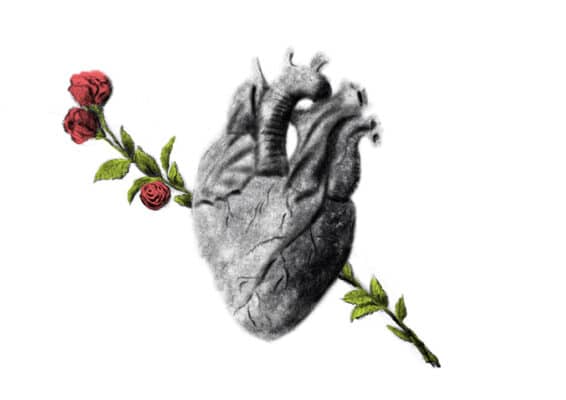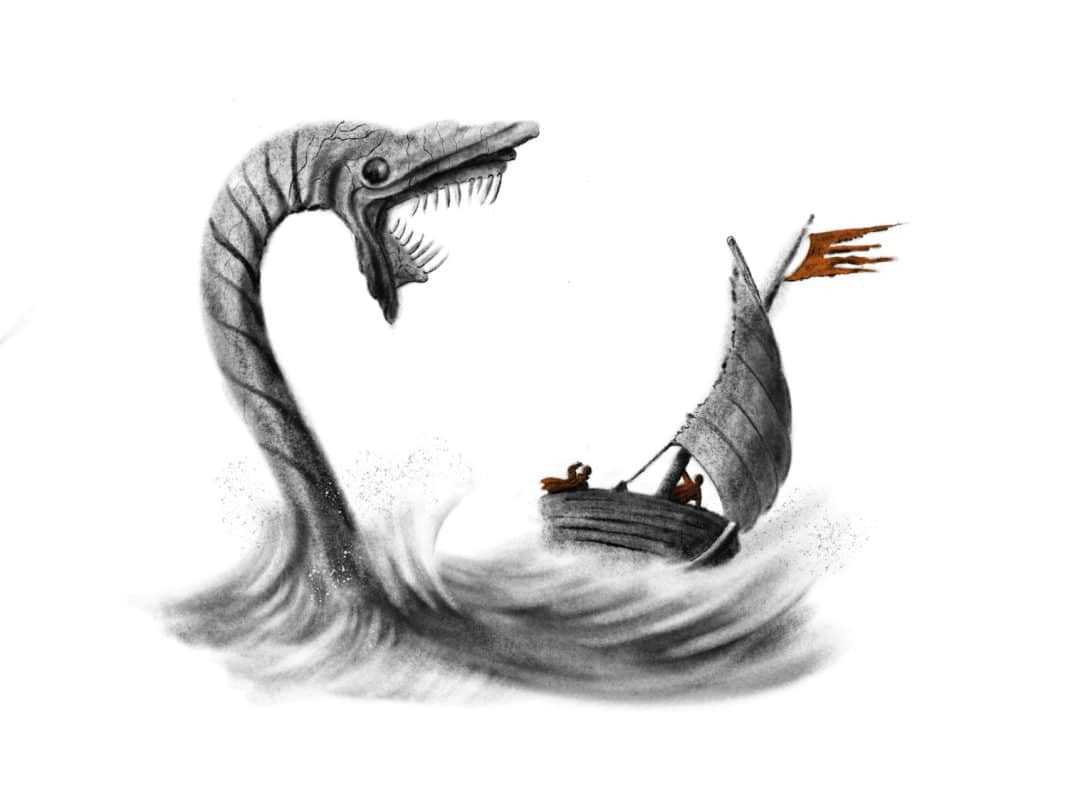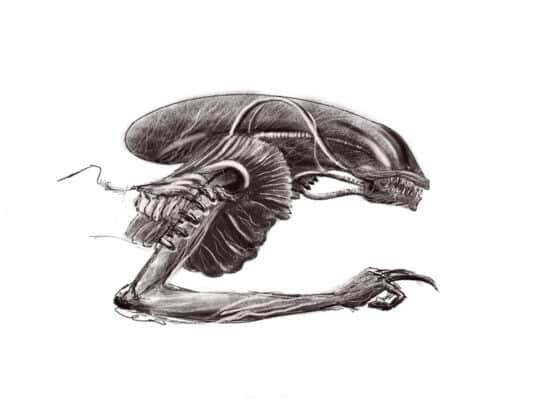
The heart: an eternal symbol from ancient history
The heart: an eternal symbol from ancient history 22/08/24 SUMMARY The heart is an element with countless nuances, meanings that have evolved over the centuries
BLACK FRIDAY – Only for Newsletter subscribers
Would you like to receive your order by CHRISTMAS? Make your purchase by December 1st.
Would you like to receive your order by ❤️ VALENTINE’S DAY? Make your purchase by January 25th.
CHRISTMAS CLOSURE – New orders will be processed from 8 January 2025
SUMMER CLOSURE 2024 – New orders will be processed from 19 August 2024 – 10% on the entire Shop

“The earth was formless and deserted and darkness covered the abyss and the Spirit of God hovered over the waters.” […]” (Genesis, 1.2)
When people talk about sea monsters, they often quote a specific Bible verse in Genesis (1.21), “God created sea monsters.” In my opinion, however, the most mysterious and fascinating message is hidden in the sentence that opens this article. The word “abyss,” in fact, in Hebrew tehom (תהום) carries with it very interesting images and meanings: tehom may not only denote the dark depths of the seas but also a terrible primordial monster.
The term tehom, in fact, according to historian Heinrich Zimmern, is related to the Babylonian Tiamat, a god representing the primordial chaos that anticipates creation. The appearance of this deity? An immense and monstrous sea serpent, equipped with horns.
Sea serpents accompany the oldest legends and myths: immense and ungovernable, they are often considered enemies of man. On closer inspection, this is actually not always the case: unpredictable, gigantic, and mysterious, the serpents that dominate the waters represent the indomitable and unpredictable power of nature, with no particular negative connotations.
In the next few lines we will find out which are the most important sea serpents that have populated mythology and ancient seafaring stories over the millennia.
First, however, a few premises.
– Sea snakes. Why? I have often wondered why, in many cultures, the image of the sea serpent exists. Observing the myth, we realize that man has put together two of the most fearsome and mysterious elements that exist: the ruthless land serpent and the unknown deep sea.
– Snakes and dragons. It is most interesting to note that dragons and sea serpents have been the same thing for centuries. The dragons of the ancients, in fact, were nothing but horrible giant snakes, hidden in the waters. It will only be in the Middle Ages that dragons will be imagined with paws and throats of fire.
– Sea snakes in biology. Snakes in Middle Eastern and European legends are not to be confused with sea snakes (Hydrophiinae), which actually exist. Highly venomous and colorful, they inhabit the waters of Australia and Southeast Asia. They are quite similar in size to common snakes and are unlikely to have inspired the dragons of myth. In art, we find them in Samuel Coleridge’s very famous “Ballad of the Old Sailor.”
Tiamat is a divine and gigantic serpent from Babylonian mythology; it has a huge body and two horns on its head. Feminine and powerful, she has a creator side and a destroyer side: she is the goddess of the sea waters and at the same time the monster embodies primordial chaos.
For those who, like me, love water, the generating story of Tiamat is very fascinating: goddess of salt water, she unites with Abzu, the god of fresh water, to bring forth in peace the new gods who will organize the world. Babylonian legend has it that once they grew up, the sons killed their father, unleashing the wrath of mother Tiamat, a hideous serpent, who would be brutally killed by the Storm God, Marduk. Before he dies, however, Tiamat releases dragons and snakes into the world in whose veins run poison instead of blood.
Tiamat, then, is not only a sea serpent, but represents the sea itself and all its mystery. Not only that, Tiamat is the loving mother of snakes, dragons, monster-scorpions and countless destructive creatures.
The nuances of Tiamat are many, and the myth, as is often the case, is full of contradictions. What is certain is that it represents one of the oldest known sea serpent legends.
In that day, the LORD will punish with his hard, great and strong sword, the Leviathan, the agile serpent, the Leviathan, the tortuous serpent, and he will kill the monster in the sea!
(Isaiah 27:1)
From Tiamat is probably also derived the famous Leviathan of Jewish culture. Often imagined as a dragon, he is described by Isaiah as a torturous serpent, to be killed when the end of the world comes.
Job also speaks of him, who describes him as “the king over all the proudest beasts.” It inhabits the deepest abysses and, because of its symbolic load, we often find it in literature. Unfortunately, in modern interpretations, Leviathan loses its sea serpent appearance to other forms, such as the whale.
Although it is improper to call them sea serpents, I wanted to include these two mythological beings because they are always depicted next to the vessel of Ra, the Sun God.
When Ra crosses the night into the Lower Universe (the afterlife) aboard the sun boat Mesketet , the serpent Mehen coils firmly around his cabin to protect him from his great and evil enemy, the serpent Apophis.
Apophis’ task is to eat the Sun, thus forever interrupting the cycle of rebirth from death. If the evil serpent succeeds in his intent, there would be an end to time and the world.
It is very interesting that in Ancient Egypt the snake is simultaneously a negative and positive symbol. We have the good snakes, such as the divine serpent protector of the sun boat Mehen and the royal cobra of the Pharaohs, the Ureo. Against them, we find the fearsome Apophis, the one who threatens Ra’s navigation and can cause the end of everything.
Feared by navigators of Ancient Greece and narrated by Homer, Scylla and Charybdis are man-eating sea monsters lurking in the waters of Magna Greece: Italy.
Scylla, before she was turned into a monster, was a beautiful blue-eyed nymph. The jealousy of the sorceress Circe, however, brought her to a very ugly end: Scylla was abnormally large and until the end she remained, at least in form, a beautiful woman.
From the sides, however, depart six hideous heads of ferocious dogs, attached to his body by serpentine necks. Instead of legs, Scylla has two very long tails reminiscent of mermen and snakes. Disconsolate with bad looks, she spends her time devouring men
Even more intriguing, for me, is the shape of Charybdis. She, too, once beautiful, is transformed into a hideous sea serpent. With her mouth filled with countless circles of accumulated teeth, she sucks in powerful whirlpools the ships she spots.
In its simplicity, Charybdis is indeed an eerie-looking sea serpent: it resembles a giant lamprey.
What is a lamprey? It is a decidedly monstrous fish with a snake-like body (like an eel) whose head ends in a round mouth filled with a swirl of horrible sharp little teeth. The lamprey sticks like a sucker to fish and sucks their blood.
Hydra of Lerna
Greek culture offers us another sea serpent of great fascination: the Hydra. Undoubtedly evil, the hydra has a mighty serpentine body on which nine heads swirl.
Should you come across a hydra, it will do little good to cut off its side heads, because promptly more will grow. In addition, the central head is immortal. The myth tells us that Hercules, in order to defeat it, with the help of the faithful Iolaus, sealed the cut with fire.
There are stupendous representations of the Hydra of Lerna, painted on Greek vases and depicted in mosaics, but the most fascinating -in my opinion- is given to us by the French painter Gustave Moreau: here the hydra is upright, with its immortal head proudly looking at a Hercules preparing to face it. His snake-like body emerges from the still water of Lake Lerna, with dead bodies all around. Smaller and lower, the other heads twist around to defend the immortal head.
The list of sea serpents cannot fail to include the beautiful serpent of Miðgarðr (Miðgarðrsorm), Thor’s enemy. Of all the monsters described in this article, this is the largest.
His name Jǫrmungand, in fact, means “immense monster,” and it is a fitting description: his outstretched body can envelop the entire Miðgarðr, that is, the visible world. For this reason, the Germans believed that he was the cause of earthquakes.
As big as the world, it is often depicted with its head eating its tail. This explains the origin of the beautiful Viking bracelets of the snake that seems to want to eat itself.
Fearsome and mysterious, sea serpents populate countless stories and legends. Many chroniclers tell of gigantic beasts emerging from the waters, but almost no sightings seem to correspond to an existing animal.
A good candidate is Regalecus glesne, a very long fish whose sinuous, serpentine shape resembles the eel, with an almost equine head and a beautiful crest. Browsing the net, one can find an impressive photo of Regalecus Glesne supported by 14 men in a row.
On a symbolic level, however, the water snake has the strongest significance. The mystery and darkness of the deep merge with one of the most fearsome and indomitable animals, giving rise to powerful meanings and nuances.

The heart: an eternal symbol from ancient history 22/08/24 SUMMARY The heart is an element with countless nuances, meanings that have evolved over the centuries

What is the Alien, or Xenomorph? Let’s find out its story, the meanings and symbols of the scariest predator in the universe. Anyone who has